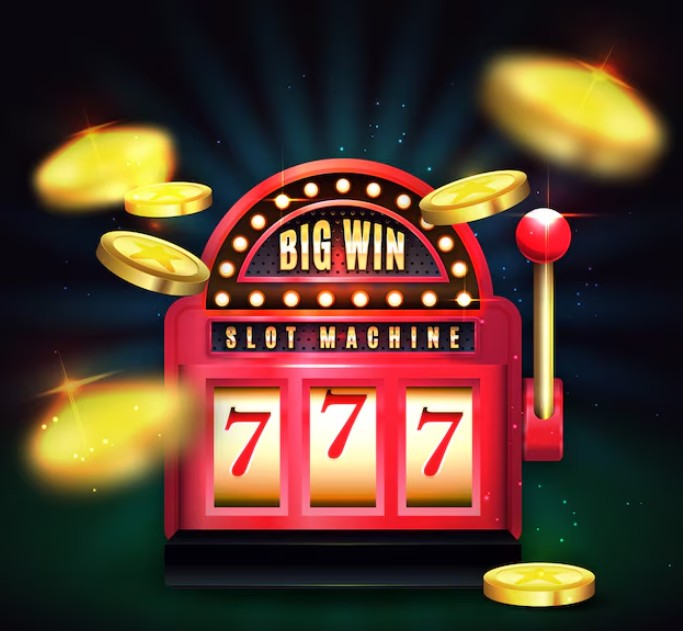Slot games have come a long way from the mechanical “one-armed bandits” of the past. Today, they are complex digital masterpieces crafted to entertain millions worldwide. But have you ever wondered what goes into developing these games? This guide dives into the intricate world of slot game development, unveiling the brains behind your favorite games.
Understanding the Basics of Slot Games
Before diving into the development process, it’s important to understand the key components that make up a slot game.
What Are Slot Games?
Slot games are casino games where players spin reels with symbols to land winning combinations. They range from classic three-reel slots to modern video slots with immersive themes, animations, and bonus features.
Key Components of Slot Games
Every slot game shares a set of fundamental elements:
- Reels and Paylines: The spinning sections and the lines that determine wins.
- Symbols: Icons that appear on the reels, including Wilds, Scatters, and Bonus symbols.
- Random Number Generator (RNG): Ensures fairness by generating unpredictable outcomes.
- Payout Structure: Defines the rewards for winning combinations.
The Slot Game Development Process
Creating a slot game requires a blend of creativity, technical expertise, and strategic planning. Let’s explore the key stages.
1. Conceptualization and Planning
The process begins with brainstorming ideas for the game. Developers consider:
- Themes: From ancient mythology to pop culture, themes attract players.
- Target Audience: Understanding player preferences guides design decisions.
- Features: Developers outline bonus rounds, free spins, and jackpots.
2. Designing the Game
Once the concept is solidified, designers step in to bring the vision to life.
- Graphics and Animation: High-quality visuals and animations enhance player engagement.
- Sound Design: Music and sound effects create an immersive atmosphere.
- User Interface (UI): Ensuring a seamless and intuitive user experience.
3. Developing the Core Mechanics
This phase involves programming the game’s logic and functionality.
- RNG Integration: Implementing RNG technology to ensure fair gameplay.
- Game Engine: Developers use engines like Unity or HTML5 to build the game.
- Mathematical Models: Calculating Return to Player (RTP) percentages and volatility.
4. Testing and Quality Assurance
Thorough testing ensures the game is bug-free and operates smoothly across platforms.
- Functional Testing: Verifies the game mechanics and features.
- Compatibility Testing: Ensures the game runs seamlessly on various devices.
- Compliance Testing: Adheres to gambling regulations in different jurisdictions.
5. Launch and Post-Launch Support
After testing, the game is ready for deployment. But the work doesn’t stop there.
- Marketing Campaigns: Promote the game to attract players.
- Player Feedback: Use feedback to make improvements and add updates.
- Maintenance: Regular updates keep the game fresh and engaging.
The Role of Technology in Slot Game Development
Technology plays a crucial role in shaping the RAJAGACOR slot game experience. Here are some innovations driving the industry:
1. HTML5 for Cross-Platform Play
HTML5 enables developers to create games compatible with both desktop and mobile devices, offering players flexibility and convenience.
2. Artificial Intelligence (AI)
AI is used for:
- Personalization: Tailoring game experiences based on player preferences.
- Fraud Detection: Ensuring a secure gaming environment.
3. Virtual Reality (VR) and Augmented Reality (AR)
Immersive VR and AR technologies are introducing new dimensions to slot gaming, offering players a more engaging experience.
Challenges in Slot Game Development
Developing slot games isn’t without its challenges. Here are some common hurdles developers face:
1. Balancing Creativity and Compliance
Game developers must align creative elements with strict gambling regulations, ensuring their games are both engaging and compliant.
2. Ensuring Fairness
Implementing RNG technology is critical to maintaining player trust, but ensuring its accuracy and reliability can be complex.
3. Standing Out in a Competitive Market
With thousands of slot games available, creating a unique and memorable experience is a constant challenge.
Future Trends in Slot Game Development
The future of slot gaming looks bright, with these trends poised to shape the industry:
1. Blockchain Technology
Blockchain ensures transparency and fairness, enabling players to verify game outcomes.
2. Social Gaming Features
Features like leaderboards and multiplayer modes enhance the social aspect of slot gaming.
3. Eco-Friendly Game Development
Developers are adopting sustainable practices to reduce the environmental impact of game production.
Conclusion
Slot game development is a fascinating blend of art and science. Behind every spin lies a meticulous process driven by creativity, technology, and player preferences. As the industry evolves, developers continue to innovate, delivering experiences that captivate and entertain players worldwide. Next time you enjoy a slot game, you’ll have a deeper appreciation for the brains behind your favorite pastime.

I am Naomi Sarah. Recently I have completed my graduation from North university. In this blog, I write an article about Instagram Captions and Quotes.
